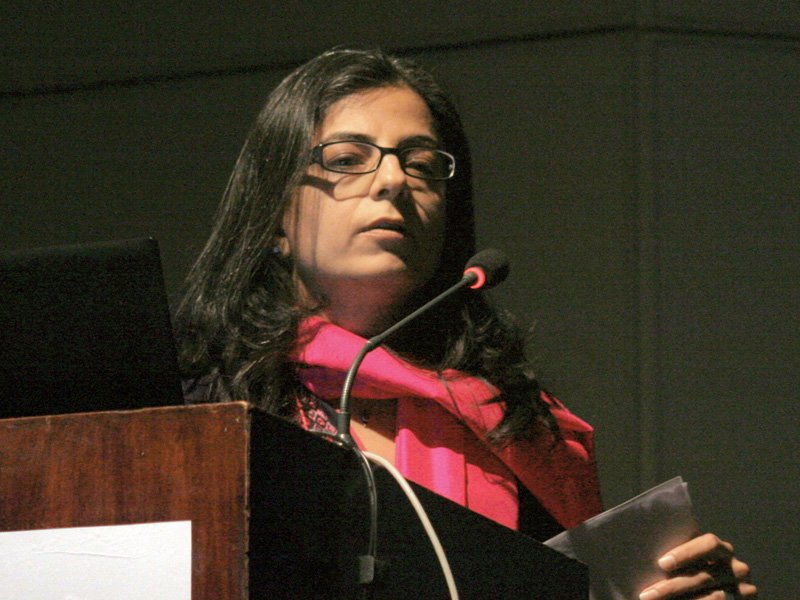
At a seminar organised on Sunday as a part of the Fourth ASNA Clay Triennial, ceramist and educator Sadia Saleem delivered a lecture about the evolution of ceramics in Sindh and the attempts to preserve the fast vanishing craft. She has visited potters in Hala, Nasarpur and Hyderabad and wove her own observations into her analysis.
Saleem said that there are two distinct clay traditions in Sindh - the first which comprises unglazed terracotta pottery, dates back to the Indus Valley Civilisation and is still being used in parts of the province, including Karachi. The second, the glazed ceramic tradition, emerged with the dawn of the Mughal era.

“Unfortunately, over the years, I have witnessed a slow decline in the number of potters and the quality of the craft as well,” said Saleem. There have been attempts to breathe new life into the dying trade, the most ambitious of which was a project undertaken by Aik Hunar Aik Nagar (Ahan), a subsidy organisation of the Pakistan Industrial Development Corporation. Government officers as well as business and art graduates joined hands, conducting research on Sindh’s potters, after which they distributed new tools and tried to teach them new techniques to tug the trade from its deathbed.
“The potters were grateful for the website and brochures which helped them get more orders for their products,” said Saleem. “But I found that most tools that Ahan had provided were not very useful and many potters are not using them. Ahan didn’t train the potters to use the new tools and so they are still relying on traditional techniques.” But towards the end of her lecture, she still lauded Ahan, saying that “no matter how defective the approaches, the aim was still to help the handful of potters left in the province”. She suggested that future interventions should try to preserve the traditional tools and techniques. With reporting by Usman Liaquat
Published in The Express Tribune, January 14th, 2013.

1732437695-0/drake-and-charles-(1)1732437695-0-165x106.webp)


1732434981-0/BeFunky-collage-(10)1732434981-0-165x106.webp)












COMMENTS
Comments are moderated and generally will be posted if they are on-topic and not abusive.
For more information, please see our Comments FAQ